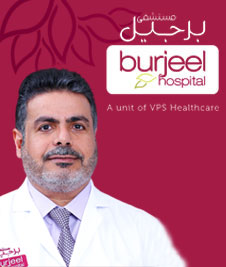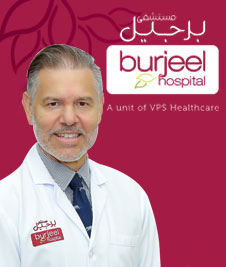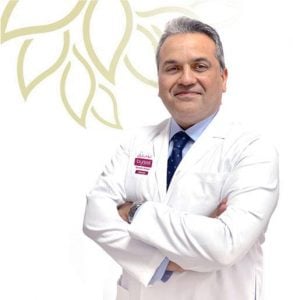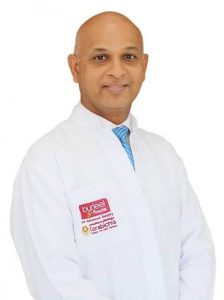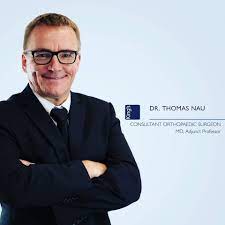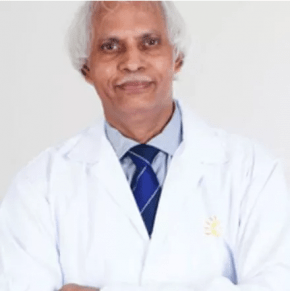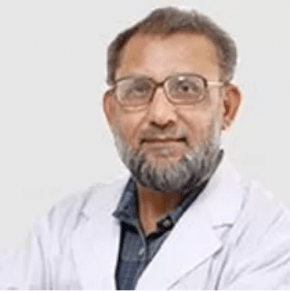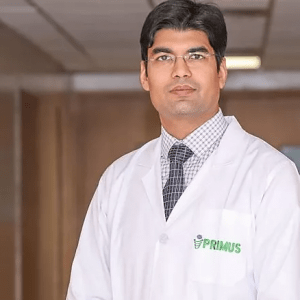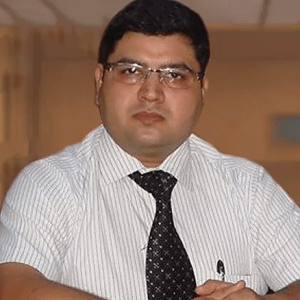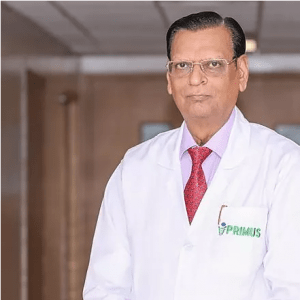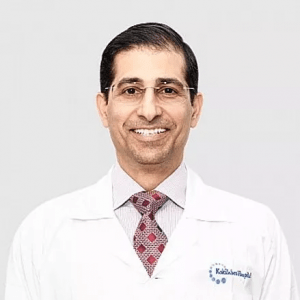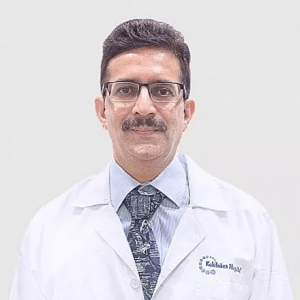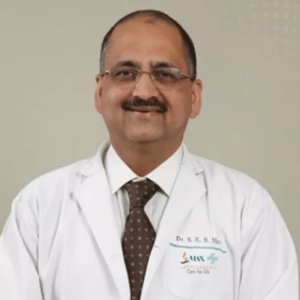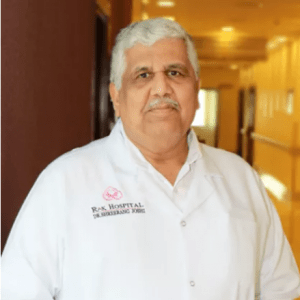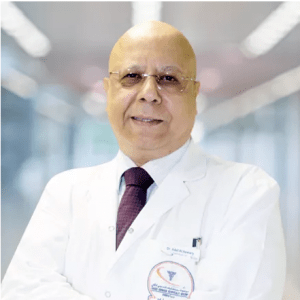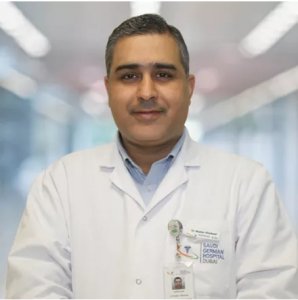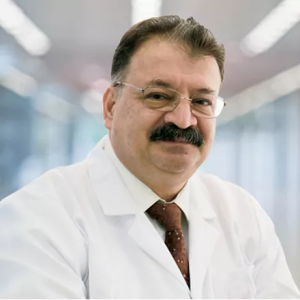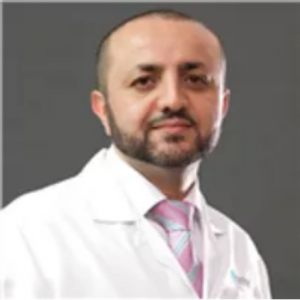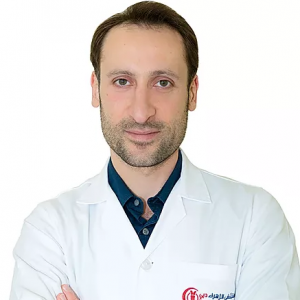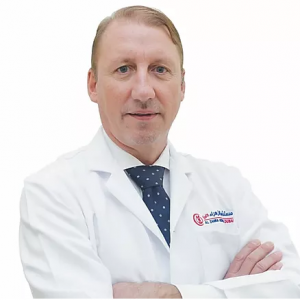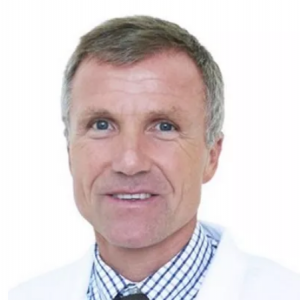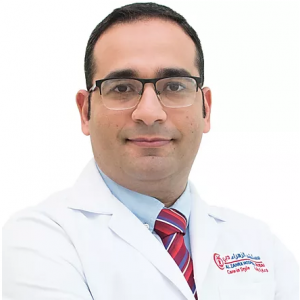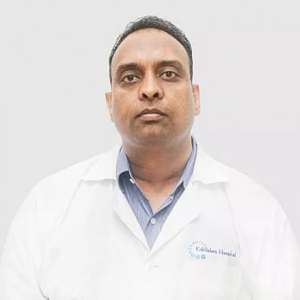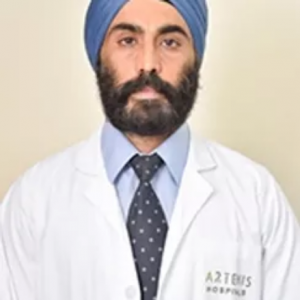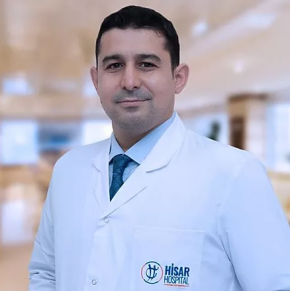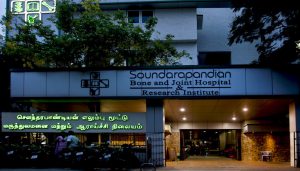Arthroscopic Debridement of Calcium Deposits
Calcific tendinitis (also called calcific tendinopathy) happens when calcium builds up in the tendons. It is most common in the shoulders. But it may occur in the elbows, wrists, hands, hips, knees, or feet. … Read More
Top Doctors For Arthroscopic Debridement of Calcium Deposits Treatments
Top Hospitals For Arthroscopic Debridement of Calcium Deposits Treatments
Arthroscopic Debridement of Calcium Deposits
- Arthroscopy : This is a surgical procedure used to look at, diagnose, and treat problems inside a joint. You can have an arthroscopy on any joint, following your doctor’s recommendation. Often, it is done on the elbow, shoulder, ankle, hip, or waist.
- Arthroplasty : This is a joint replacement procedure and presently is the only surgical option for most people. The common types of arthroplasty include:
- Interposition Arthroplasty: This is a surgical repair of arthritis in the elbow and other joints. Reports show that interposition arthroplasty is commonly considered in patients below 60 years old, who have a loss of motion, joints incapacitated by pains, rheumatoid arthritis, traumatic arthritis, and near-normal bony anatomy. Interposition arthroplasty should be applied to patients with infection, lack of flexion, elbow instability, or patients who use the elbow for tasking manual labor.
-
- Knee Arthroplasty : This is a surgical procedure to resurface a knee damaged by arthritis. It is also called “knee replacement” or “total knee replacement”. Metal or plastic parts are used to cap the ends of the bones that form the knee joint, along with the kneecap. People with a severe knee injury or severe arthritis can benefit from this surgery. Various types of arthritis may cause damage to the cartilage of the knee such as osteoarthritis, rheumatoid arthritis, traumatic arthritis. Knee replacement surgery is aimed at resurfacing the damaged part of the knee joint and relieving knee pains.
-
- Hip Arthroplasty (Replacement) :This is a surgical procedure that involves replacing a worn away or damaged hip joint with an artificial one. It involves replacing the femur and the acetabulum.
- Carpal Tunnel Release Surgery :This is a surgical procedure that treats problems caused by carpal tunnel syndrome. Carpal turnel release surgery is targeted at returning full function in the affected wrist, hand, and arm. Carpal tunnel syndrome is symptoms of pain and weakness in the forearm, wrist, and hand due to pressure on the nerves in the wrist. The carpal channel is a channel in the palm and wrist.
Symptoms
REASONS FOR ARTHROLYSIS
The main purpose of an arthrolysis is to correct any joint problems that cause pains and stiffness in any joint. Arthrolysis can also help with the following:
- To release adhesions in an ankylosed joint
- To restore mobility to a stiff joint.
- To remove capsular and bone restraints.
- To repair collateral ligaments.
- To stabilize concentric joints.
- To replace joints and ligaments.
- To cure arthritis.
Arthrolysis is carried out on any joint; knee, elbow, ankle, wrist, shoulder, waist, hips, etc, that needs a repair or replacement.
Causes
PROCEDURES
Arthrolysis is a combination of the diagnostic surgery–arthroscopy, and the main surgery–arthroplasty. The procedures, therefore, involves the following:
- Arthroscopy (Diagnostic Surgery)
Before the surgery, you will receive anesthesia depending on the joint and the suspected joint problem. Mostly, the intended area for the surgery is numbed. Thereafter, the area is incisions and an instrument for arthroscopy is called “arthroscope”, which has a camera lens and light. After the problem is diagnosed, your doctor will decide on the type of surgery you need.
- Arthroplasty
This is the surgical procedure of correcting the problems of the diseased joint; hip, knee, elbow, wrist, etc.
Before Surgery,
Keep to every of your doctor's instructions which may include staying away from alcohol, smoking, and NSAIDs to abate any complications during surgery.
Most arthroplasty may require you to be in the hospital for at least a few days, so get packed for your stay in the hospital and you are advised to have family, friends, or a caregiver who will be around during your time of stay and recovery.
During Surgery,
In the theater, you will be placed on anesthesia, mostly to numb the area of surgery. An intravenous (IV) line will be injected into you to provide you fluid and pain killers and your heart rate, blood rate, breathing, and oxygen level will be closely monitored
Depending on the diseased joint and its requirements, your surgeon will clean the area and make incisions, careful not to damage the veins, nerves, and blood vessels. Then, the surgical treatment will be carried out as required. Resurfacing with implants and prostheses will be done if needed. Thereafter, the tissues, tendons, ligaments, etc, are put back together and the incision is stitched back, cleaned, and bandaged.
After Surgery,
You will be moved to your recovery room to recuperate and for observation for few more days. Depending on the area and the technicality of surgery, the duration can take 3 to 8 hours.
RECOVERY AFTER ARTHROLYSIS
It is important to start moving your joint after surgery. Engage a physical therapist after the surgery. Your recovery rate depends on which joint was operated on and your body type. However, the estimated recovery time is between 3 to 6 weeks.
COMPLICATIONS OF ARTHROLYSIS
Complications that may arise from the arthrolysis include:
- Pulmonary edema; movement if blood clots to the heart.
- Arthrofibrosis; stiffness of knee joints
- Stiffing of joints
- Infection
- Scarring
- Damage to blood vessels and/or nerves.
- Internal bleeding, among others.
TIPS FOR POST-SURGERY
The following are tips to take after you are done with surgery and on your way to recovery:
- Always keep the surgical area clean
- Keep bathing instructions from your doctor.
- Do not get the incision wet, clean it dry, and change the bandage often.
- To reduce swelling, apply ice to the surgical joint/area.
- Take pain relievers as prescribed by your doctor.
- Do not engage in heavy and strenuous exercises.
- Do not carry heavyweights.
- Keep up with your follow-up appointments with your doctor.
- Urgently notify your doctor whenever you notice fever, increased pains in the incision area, and redness, swelling, bleeding, or fluid drain from the incision site.
Note that any injury to the operation sure may result in serious complications. Full recovery from the surgery may take several months, and routine follow-up checks are necessary.
SUCCESS RATE OF ARTHROLYSIS
So far, joint repairs have witnessed a huge success. 82% success rate has been recorded for replacement surgeries.
SURVIVAL RATE OF ARTHROLYSIS
Survival rates of 15, 20, and 25 years, have been estimated at 86%, 79%, and 77% respectively.
FAQ
What is calcific tendonitis?
Tendonitis simply means pain and swelling of the tendons. When the cause of this swelling is a build-up of calcium deposits it is referred to calcific tendonitis. Calcific tendonitis mostly occur in people within the age group of 40 to 60 years, and women are more prone to it than men.
This usually occur in the shoulder joint, but may also occur in the knee joint, wrist joint and hip joint.
What causes calcific tendonitis?
There are a couple of theories to explain the cause of calcific tendonitis. The two important ones will be considered;
- Regenerative Calcification: This is as a result of old age’s wear and tear whose healing is by calcium deposition.
- Reactive Calcification: There is no clear understanding as to why this occurs. But can be simply said to be as a result of calcium crystals deposit over the tendons, which causes chemical reaction with other tissues in the tendon to cause pain and swelling.
What are the symptoms of calcific tendonitis?
- Pain, swelling and redness around the joint of occurrence.
- Pain while raising the arm.
- Stiffness and weakness of the shoulder.
- Severe pain, which may last longer than expected and may make it difficult to sleep.
How can calcific deposits be diagnosed?
Calcific tendonitis can be diagnosed with the following investigations;
- Physical examination.
- X-ray of the area.
- Ultrasound and MRI scan of the area.
Are there any alternative treatment to arthroscopic debridement of calcium deposits?
There are a couple of alternative treatment to arthroscopic debridement of calcium deposits. They are; Medications; to reduce pain and inflammation, An aspirate of the fluid; where there is severe swelling, Shoulder tendonitis exercises; to prevent reoccurrences and bring relieve to the pain.
Shock wave therapy; the use of shock wave pulses to break down the deposits.












